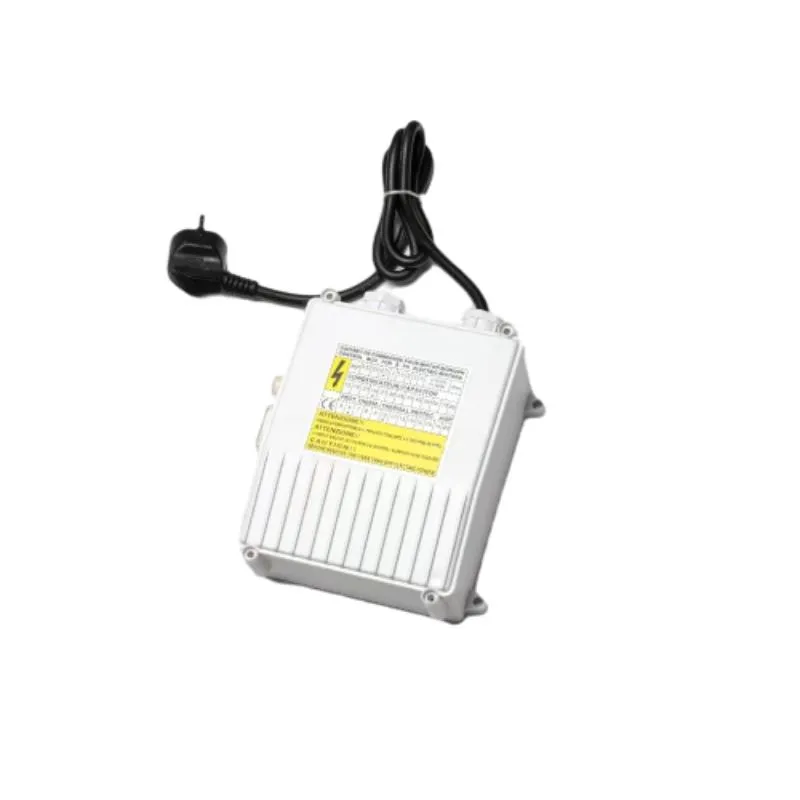The Importance of Electrical Splicing Tape A Comprehensive Overview
Electrical splicing tape is an essential tool in the world of electrical engineering and maintenance. This specialized tape is designed to provide insulation, protection, and support for electrical connections, making it a reliable choice for both professionals and DIY enthusiasts alike. In this article, we will explore the properties, applications, and advantages of electrical splicing tape, as well as some tips for effective use.
What is Electrical Splicing Tape?
Electrical splicing tape is a type of pressure-sensitive adhesive tape designed specifically for use in electrical applications. It is typically made from a combination of durable materials, which may include PVC (polyvinyl chloride), rubber, or other synthetic compounds. The primary function of this tape is to create an insulating barrier around electrical connections, preventing the risk of short circuits, electrical leakage, and other safety hazards.
One of the key characteristics of electrical splicing tape is its resilience to temperature variations and environmental conditions. Many types of splicing tape can endure extreme temperatures, humidity, and exposure to chemicals, making them suitable for both indoor and outdoor applications.
Applications of Electrical Splicing Tape
Electrical splicing tape is versatile and can be used in various applications, including
1. Insulating Electrical Connections This is perhaps the most common use for electrical splicing tape. It is applied over wire joints and connections to provide an insulating layer that prevents short circuits. The tape adheres strongly to a wide variety of surfaces, ensuring a secure seal.
2. Bundling Wires In electrical installations, it is often necessary to keep wires organized and bundled together. Electrical splicing tape can be used to tie multiple wires together, reducing clutter and preventing tangles.
3. Protection Against Moisture Electrical splicing tape offers excellent moisture resistance. When applied over electrical connections, it provides a barrier that keeps moisture from penetrating, which is especially important in outdoor installations or areas prone to water exposure.
4. Repairing Damaged Insulation When the insulation on wires is damaged, electrical splicing tape can be used as a temporary fix. By wrapping the tape around the damaged area, you can prevent further exposure and maintain functionality until a more permanent repair can be made.
5. High-Voltage Applications Some high-performance electrical splicing tapes are designed for high-voltage applications. These tapes can withstand extreme electric fields and temperatures, making them suitable for use in power generation, electrical substations, and other critical infrastructures.
Advantages of Electrical Splicing Tape
electrical splicing tape

There are several advantages to using electrical splicing tape for electrical projects
- Easy Application Electrical splicing tape is easy to use, requiring no special equipment or training. Simply peel off the desired length and apply it directly to the surface.
- Durability Made from robust materials, electrical splicing tape is designed to withstand the rigors of daily use. It remains flexible and functional over time, maintaining its adhesive properties even in challenging conditions.
- Safety Using electrical splicing tape helps ensure safe electrical connections. Proper insulation prevents electrical shocks and minimizes the risk of fire hazards caused by faulty wiring.
- Cost-Effective Compared to other insulation methods or materials, electrical splicing tape is an economical solution. Its effectiveness and ease of use make it a popular choice among professionals and homeowners alike.
Tips for Effective Use
To maximize the effectiveness of electrical splicing tape, consider the following tips
1. Clean the Surface Before applying the tape, ensure the surface is clean and dry. Remove any dust, oils, or residues that may affect adhesion.
2. Overlapping Layers When wrapping electrical connections, overlap the tape layers slightly for a more secure seal. This enhances insulation and protection.
3. Avoid Stretching When applying the tape, avoid stretching it too much, as this can lead to premature breakage or reduced effectiveness.
4. Check Compatibility Ensure that the type of splicing tape you choose is compatible with the materials and voltage levels of your specific application.
Conclusion
Electrical splicing tape is an invaluable resource in the electrical field, offering reliable insulation, protection, and organization for electrical connections. Its versatility, durability, and ease of use make it a must-have for anyone involved in electrical work. By understanding its applications and following best practices, users can ensure safety and reliability in their electrical systems.
-
XIANGFAN Rubber Tape-Ultimate Solutions for All Your Insulation NeedsNewsJun.24,2025
-
XIANGFAN Rubber Tape-Protection for Industrial and Residential ApplicationsNewsJun.24,2025
-
XIANGFAN Rubber Tape: Superior Safety and Sealing for Demanding EnvironmentsNewsJun.24,2025
-
XIANGFAN Rubber Tape: Reliable Solutions for Every Electrical ChallengeNewsJun.24,2025
-
XIANGFAN Electrical & Industrial Tape: Powering Reliability Across IndustriesNewsJun.24,2025
-
XIANGFAN Electrical & Industrial Tape: Excellence in Every ApplicationNewsJun.24,2025
